PHOTOCATALYSIS
– Harnessing The Sun To Solve Global Problems
A Chemical Process, photocatalysis is the acceleration of a photoreaction in the presence of a catalyst. In catalysed photolysis, light is absorbed by an adsorbed substrate. In photogenerated catalysis, the photocatalytic activity (PCA) depends on the ability of the catalyst to create electron–hole pairs, which generate free radicals (e.g. hydroxyl radicals: •OH) able to undergo secondary reactions.
Many practical applications was made possible by the discovery of photocatalysis by means of titanium dioxide. We explored one such possibility to purify air using photocatalysis of titanium dioxide when exposed to UV rays.
TECHNOLOGY :
Phenomenon : Photocatalysis
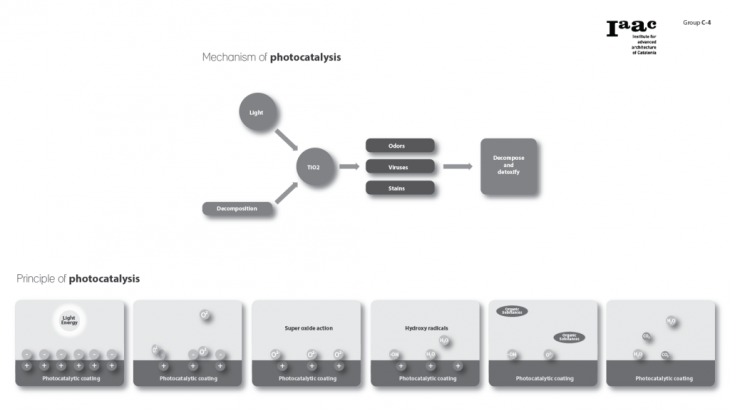
Photocatalysis – TiO2
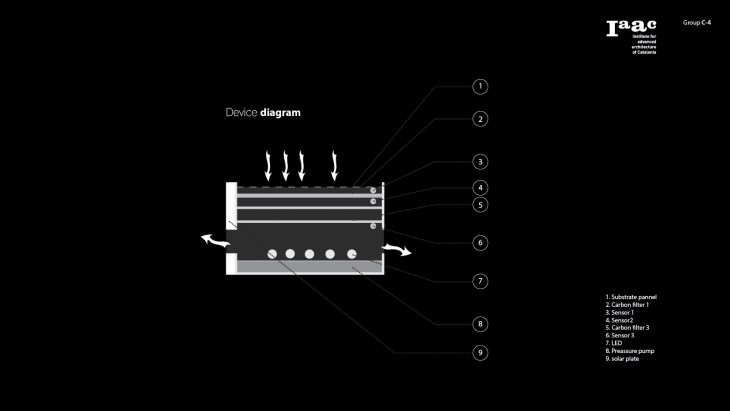
“Photocatalysis” – Prototype used to clean the air
PROBLEM :

Barcelona – Smog in the Atmosphere
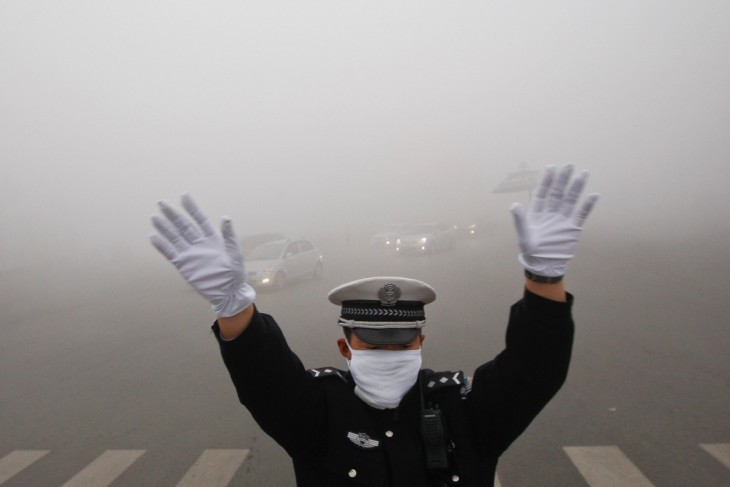
Need of a mask to filter Polluted Air
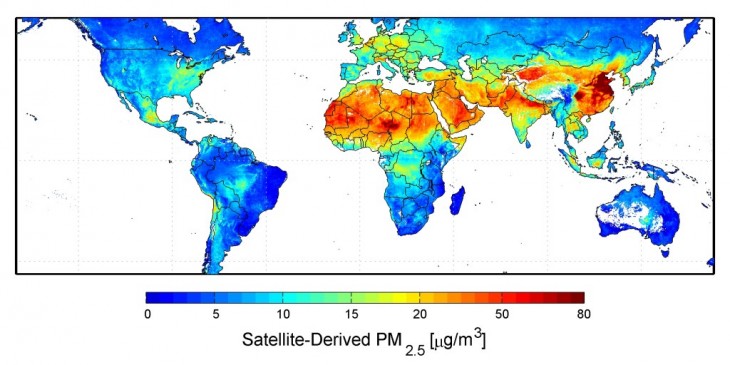
Air Pollution Level Across The Globe
SOLUTION :
We are aiming to use the phenomenon of photocatalysis of TiO2 which breaks down the harmful compounds in the air surrounding us into organic compounds, hence, helping us improve the quality of air in the immediate surrounding. By applying a coat of TiO2 + Acetic Acid Solution on a Fabric, we were intending to create a Super-Hero Robe that could be used to control the air pollution surrounding the individual wearing the Robe. The advantage of doing this was to use Titanium Dioxide to the fullest potential – self-cleaning agent, odour-free and non-degradable.
Having this in mind, we are carrying out a number of experiments and understanding the concept and its uses in-depth.
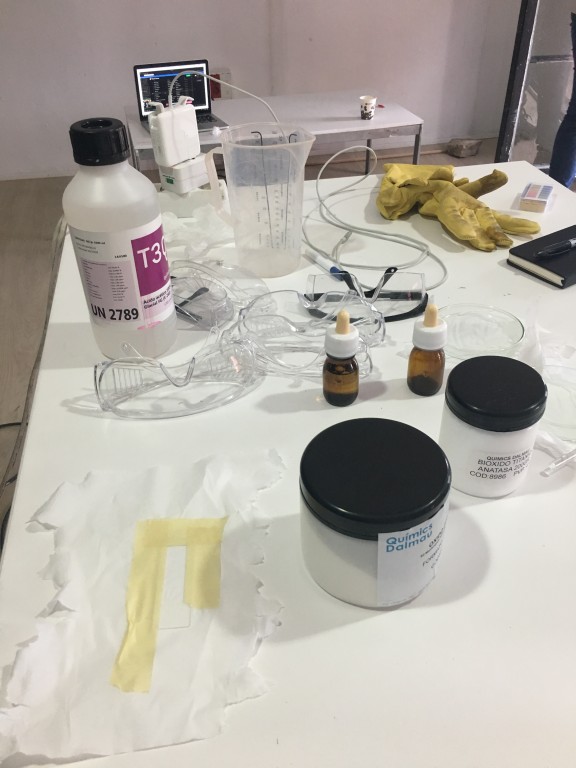
Chemical tests to experiment with different titrations of TiO2
Group Members : Ami N , Archana R , Emre D , Malavika M , Riaz R